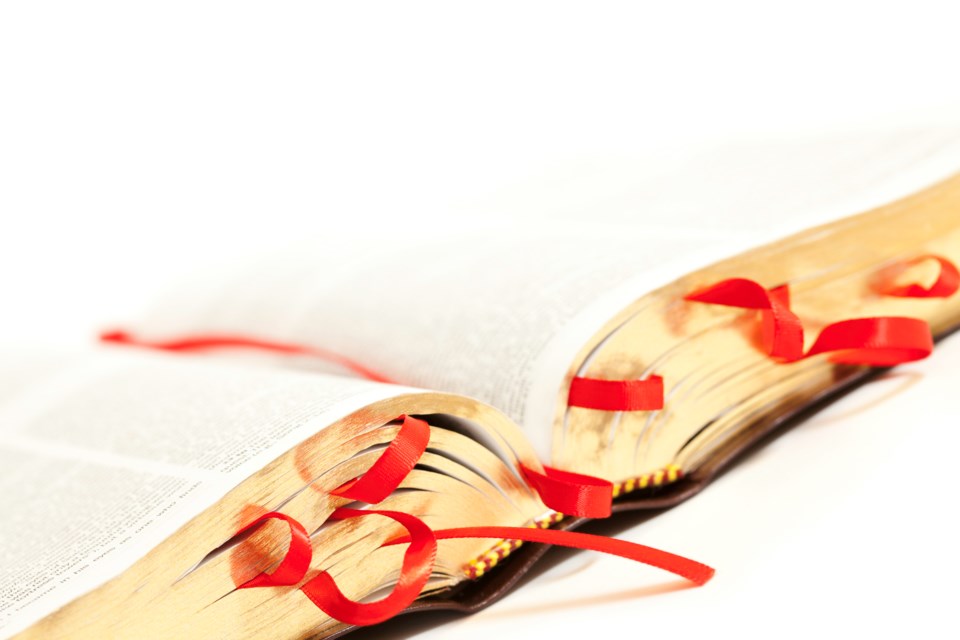WEYBURN - A couple of summers ago, we had the interesting experience of visiting Cannington Manor, Provincial Historic Park. It was a beautiful day and the young staff were pleasant and helpful.
One of the things they showed us was how they made rope in the early days, and our daughter had the opportunity to twist rope and was allowed to bring it home as a guest gift. People who regularly sew clothing or do needlework certainly know all about threads, the various sizes, colours, textures, etc.
Thread and rope have a long history in the Bible. In particular, there are many different verses that speak about scarlet thread. Scarlet is a bright red colour. In Exodus 26:1, scarlet thread or yarn is mentioned as an important part of the curtains that hung in the tabernacle.
The tabernacle and, later temple, were important to the people of Israel, as that was the place where God dwelt and made himself known among them. The priest’s ephod also used scarlet thread (Exodus 28:6).
Probably the best-known account of scarlet cord is in Joshua 2. Two spies had been sent to Jericho in advance of the Israelite army capturing the city. The spies were hidden in the walls of Jericho by a woman named Rahab, who was a prostitute. She expressed her faith in the God of Israel and, in turn, God protected her and her family. She was to hang a cord of scarlet thread out of her window as a sign to the Israelites where she was and to not harm her (Joshua 2:18).
Rahab is celebrated in Scripture as a woman who turned to the Lord in faith and had a major turnaround in her life. Hebrews 11:31 says about her, “By faith the prostitute Rahab, because she welcomed the spies, was not killed with those who were disobedient.”
The scarlet cord in the Bible points to the scarlet blood of Christ that was shed for the forgiveness of sins for humanity. Many people don’t like the sight of blood or to talk about it. Some people even faint at the sight of blood. But, for the Christian, Christ’s blood is a symbol of freedom from spiritual oppression and a sign of new life and hope. Acts 20:28 says, “Keep watch over yourselves and all the flock of which the Holy Spirit has made you overseers. Be shepherds of the church of God, which he bought with his own blood.”
Just as God directed the Israelite army to pass over Rahab’s house to protect her and her family, Christ’s blood was shed for our spiritual protection. The Lord’s shed blood is the reason we find forgiveness. Ephesians 1:7 says, “In him we have redemption through his blood, the forgiveness of sins, in accordance with the riches of God’s grace.”
It is for this reason that Christians celebrate and reflect upon communion. Communion, or Eucharist, is the regular observance of Christ’s finished work on the cross and its effectiveness in the lives of those who believe.
The bread or wafer is a symbol of Christ’s body that was hung on a cruel cross for our deliverance from sin and death. The cup represents Christ’s shed blood on the cross, as it represents the spiritual freedom of forgiveness in our lives. Luke 22:20 says, “In the same way, after the supper he took the cup saying, ‘This cup is the new covenant in my blood, which is poured out for you’.”
Christ paid the ultimate price to save us and there was nothing we did or could have done on our own to pay that price. As we look back on Easter, let’s once again be thankful for the shed blood of Jesus.




